An In-Depth Look at Attic Insulation and Its Impact on HVAC Performance
Attic insulation directly influences how efficiently heating, ventilation, and air conditioning (HVAC) systems operate in both residential and commercial properties. Proper insulation reduces energy loss, stabilizes indoor temperatures, and lessens wear on HVAC units. This article examines the connection between attic insulation and HVAC performance, providing actionable insights for property owners and facility managers. It also highlights key strategies for improving thermal efficiency while maintaining system longevity.
How Attic Insulation Influences HVAC Efficiency
Proper attic insulation solutions reduces heat transfer between indoor spaces and the outside environment. This decreases the energy demand on HVAC systems, improving efficiency and reducing wear.
Thermal Barrier Function
Insulation serves as a barrier that slows heat flow. During winter, it prevents warm indoor air from escaping through the attic, maintaining consistent interior temperatures. In summer, it blocks heat from entering, reducing the cooling load. Effective thermal resistance (R-value) in insulation directly impacts HVAC cycle frequency and runtime.
Impact on HVAC Lifespan
When HVAC units operate under reduced thermal stress, mechanical components experience less strain. Reduced on/off cycling prevents premature compressor or fan failures, extending system life. Consistent temperature maintenance also lowers maintenance frequency.
Types of Attic Insulation and Their HVAC Implications
Selecting the right insulation material affects HVAC performance, energy efficiency, and long-term comfort. Each type has unique characteristics that determine effectiveness.
Fiberglass Insulation
Fiberglass is a widely used batt insulation. It offers moderate R-values and is cost-effective but may settle over time, creating gaps that reduce thermal performance. Air leaks through these gaps can force HVAC systems to work harder.
Spray Foam Insulation
Spray foam expands to fill voids and seals air leaks, providing both high R-values and improved air sealing. This combination minimizes thermal bridging and reduces the HVAC load. Closed-cell foam adds structural rigidity, further stabilizing attic temperature.
Cellulose Insulation
Made from recycled paper treated with fire retardants, cellulose offers dense coverage. It is effective at reducing air infiltration and stabilizing temperature fluctuations. Properly installed cellulose helps maintain even HVAC performance across seasons.
How Attic Ventilation Works with Insulation
Even with proper insulation, ventilation is essential for regulating moisture, preventing mold growth, and maintaining consistent temperatures.
Ridge and Soffit Ventilation
These systems create airflow through the attic, reducing heat buildup in summer and moisture accumulation in winter. Proper insulation complements ventilation by ensuring that heat does not escape unnecessarily while still allowing airflow where needed.
Mechanical Ventilation
Attic fans or ventilation systems actively control temperature and moisture. When paired with high-performance insulation, mechanical ventilation reduces the HVAC load by maintaining a more stable attic environment.
Measuring Insulation Effectiveness on HVAC Performance
Assessing the impact of attic insulation requires monitoring energy use, indoor temperature stability, and HVAC cycle frequency.
Energy Consumption Analysis
Tracking energy bills before and after insulation upgrades shows tangible effects on HVAC demand. Insulation improvements typically result in noticeable reductions in heating and cooling costs.

Thermal Imaging
Infrared cameras detect heat loss or gain through the attic. Thermal imaging identifies areas where insulation is lacking or compromised, allowing targeted improvements that optimize HVAC efficiency.
Comparison Table: Insulation Types and HVAC Impact
| Insulation Type | R-Value Range | Air Sealing Effect | HVAC Load Reduction | Longevity |
|---|---|---|---|---|
| Fiberglass | 2.2–4.3 per inch | Moderate | Medium | Moderate |
| Spray Foam | 6–7 per inch | High | High | High |
| Cellulose | 3.2–3.8 per inch | High | Medium–High | Moderate |
Attic Insulation Upgrades and HVAC Optimization
Upgrading insulation can provide immediate and long-term benefits for energy efficiency and HVAC performance.
Identifying Areas for Improvement
Common problem areas include attic corners, around vents, and spaces near chimneys or ductwork. Addressing these gaps ensures uniform thermal performance and reduces HVAC workload.
Retrofitting Strategies
Adding blown-in cellulose, installing spray foam, or layering fiberglass batts can increase thermal resistance. Selecting materials based on R-value requirements, building codes, and roof structure ensures that HVAC systems operate optimally year-round.
Seasonal Performance Benefits
Enhanced attic insulation smooths temperature fluctuations between seasons. Heating demand decreases in winter while cooling demand drops in summer, balancing HVAC load and maintaining consistent indoor comfort.
Indoor Air Quality and HVAC Interactions
Proper insulation and HVAC performance influence indoor air quality (IAQ). Air leakage through poorly insulated attics can introduce dust, allergens, and pollutants. High-quality insulation reduces infiltration and supports efficient HVAC filtration, improving IAQ.
Monitoring and Maintenance Tips
Maintaining attic insulation effectiveness ensures sustained HVAC efficiency.
Regular Inspection
Check for settling, moisture intrusion, or damage. Even small gaps or wet insulation can undermine energy savings and increase HVAC strain.
Ductwork Integrity
Ensure that HVAC ducts are sealed and insulated. Leaks in ductwork combined with insufficient attic insulation can dramatically reduce system efficiency.
Periodic Upgrades
Evaluate insulation performance every few years. Technology improvements, such as high-R-value spray foam, may provide additional energy savings and HVAC relief over older materials.
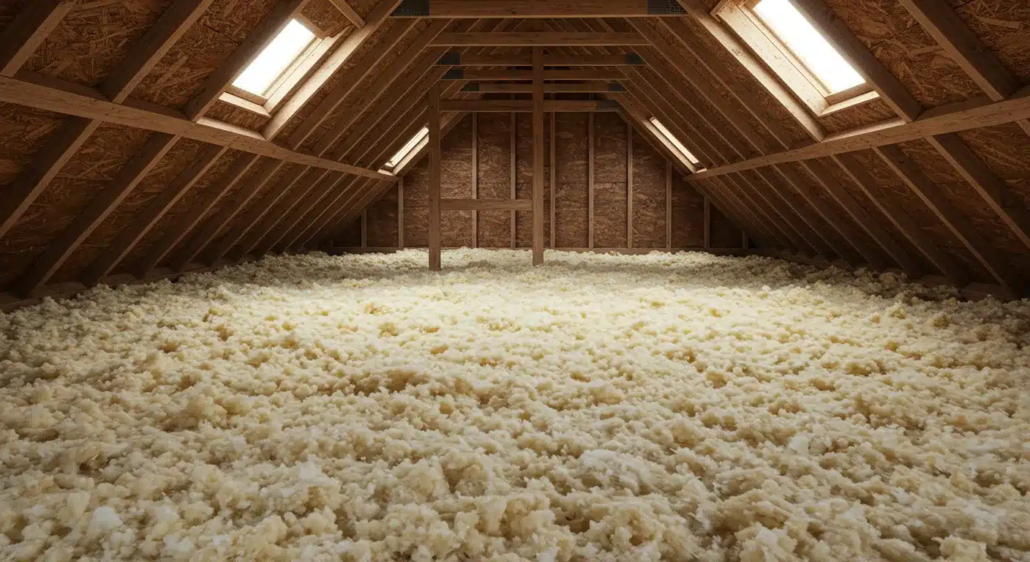
Conclusion
The adoption of exterior insulation is an investment in structural integrity, operational savings, and environmental sustainability. Professionals seeking optimal building performance should prioritize continuous, well-integrated insulation strategies that align with long-term design goals, and working with an experienced spray foam insulation company ensures those goals are achieved effectively.
FAQs
How does attic insulation affect HVAC energy use?
High-quality insulation reduces heat transfer, which decreases HVAC runtime. This lowers energy consumption, stabilizes indoor temperatures, and improves system efficiency.
Which insulation type offers the best HVAC performance?
Spray foam insulation typically provides the highest R-value and superior air sealing. This combination reduces thermal bridging and minimizes the load on heating and cooling systems.
Can poor attic insulation cause HVAC system failures?
Yes. Insufficient insulation forces HVAC units to cycle more frequently, which increases wear on compressors, fans, and other components, potentially shortening system lifespan.
How often should attic insulation be checked?
Insulation should be inspected every few years or after events like roof leaks. Regular assessment ensures gaps, settling, or moisture issues do not compromise HVAC efficiency.
Does attic ventilation impact HVAC performance?
Proper ventilation prevents heat buildup and moisture accumulation in the attic. Combined with effective insulation, it maintains stable indoor temperatures and reduces HVAC workload.
Reviewer: Michael Carter reviewed this article using insight gained over 12 years in the spray foam business. His feedback focused on helping contractors reach new customers without overcomplicating their message.



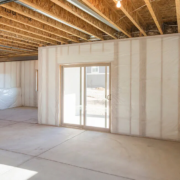

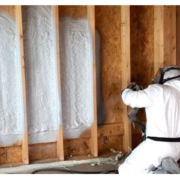
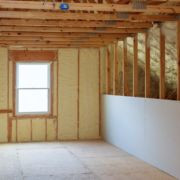
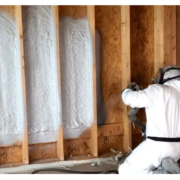
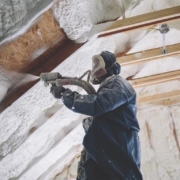

Leave a Reply
Want to join the discussion?Feel free to contribute!